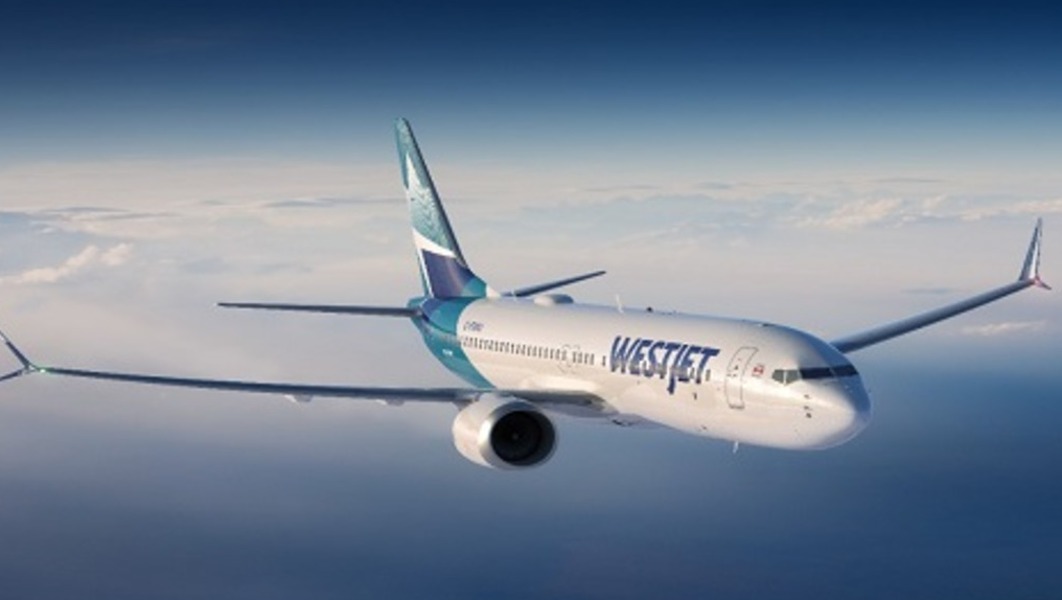Canada’s operators look to the US for future growth
Canada’s tourism operators want a renewed focus on marketing to the United States even if it means diverting resources from emerging markets that may show a great deal of long-term promise.
A survey by HLT Advisory prepared in advance of the Canadian Tourism Marketing Summit Feb. 12-13 in Toronto found 79% of respondents agreed or strongly agreed with a proposal to focus scarce marketing resources on the US market.
Only four per cent disagreed with the “Connecting America” initiative, a three-year strategy developed by the Canadian Tourism Commission (CTC) and Tourism Industry Association of Canada (TIAC) that would invest $120 million in marketing Canadian destinations to the United States.
That’s an astounding level of agreement: the more than 600 respondents represent a cross-section of the country’s tourism industry including destination marketing organizations, lodging providers, those who put together festivals and events, transportation and service companies and other industry suppliers.
The CTC backed away from marketing to the US in 2011, opting to instead direct resources to raising awareness in emerging markets such as China and leaving the American market to provinces and cities.
While the focus on emerging markets has yielded some positive results, tourism operators believe the provinces and cities haven’t been able to co-ordinate the sort of efforts needed to attract American tourists — an essential component of the Canadian industry given a population of 300 million is right next door.
Tourism is essential to the health of the broader economy, generating $81.7-billion and employing more than 600,000 Canadians from coast-to-coast. The Conference Board of Canada recently underscored its importance, pointing out that travel and tourism make a bigger contribution to gross domestic product than agriculture, fishing and hunting combined.
While those in the industry are supportive of any plan that once again shifts focus to the US, it’s not a simple proposition. Fewer than 10% of respondents support a new tax or fee to support the effort, with 90% hoping the federal government will come through despite deep budget cuts across all departments as the feds look to eliminate the deficit.
There is also a split amongst tourism operators on how best to spend any money that is available — half would like to see it managed by a central agency such as the CTC, half would prefer a decentralized (but co-ordinated) effort from cities and provinces.
“It’s telling that the survey found a significant interest in decentralized marketing responsibility yet one of the greatest challenges facing the Canadian tourism industry was identified as lack of alignment between the various marketing entities,” said Lyle Hall, managing director of HLT Advisory. “Co-ordination is a key way of ensuring the best use of limited dollars.”
Regardless of which measures are taken, just over half of the respondents believe Canada can get back to the levels of international visitation last seen in 2000 by 2017 (19.6 million international visitors), something that is sure to be addressed at the Canadian Tourism Marketing Summit.
“The only way to achieve aggressive growth targets, whether visitation or visitor spending, is to re-engage with our largest, closest and wealthiest market: the United States,” Hall said, adding focus areas should include the border states, US cities with non-stop air access to Canadian cities and meeting and convention opportunities within Canada.



